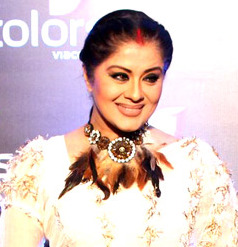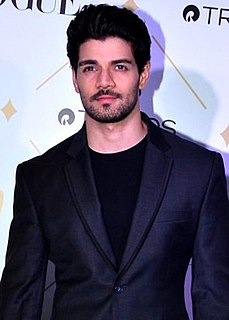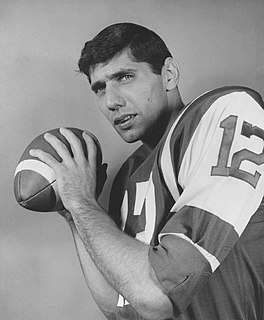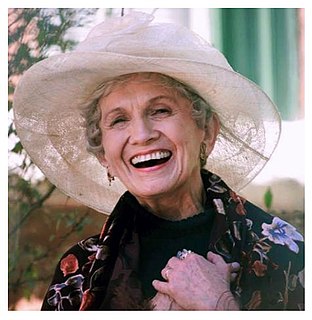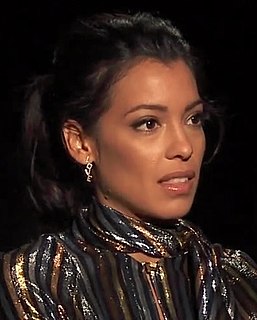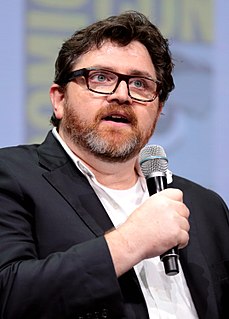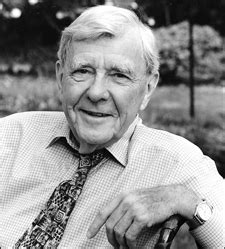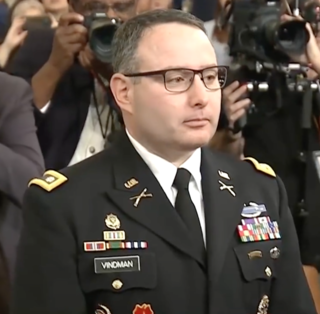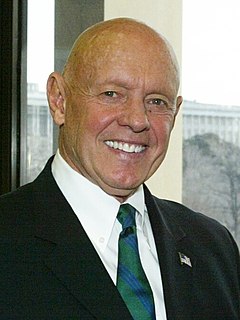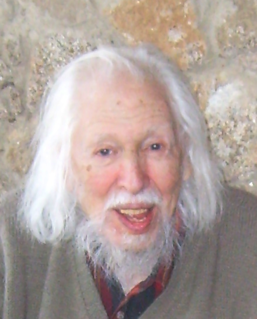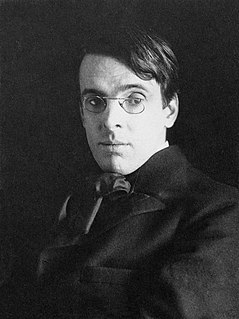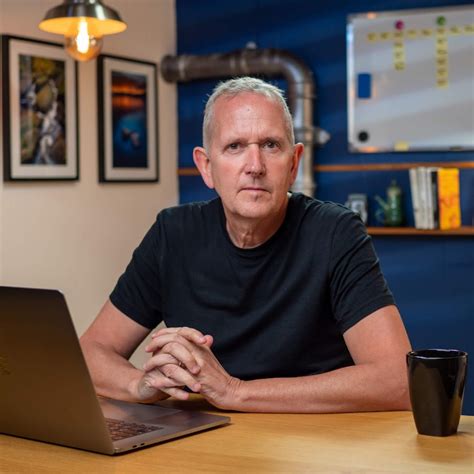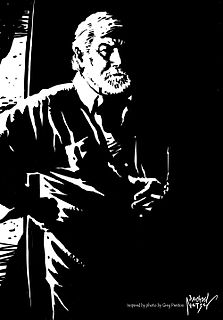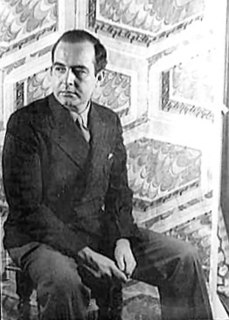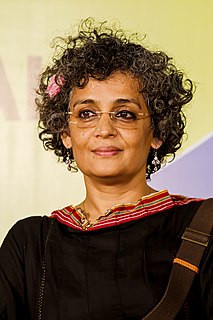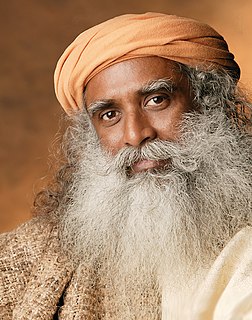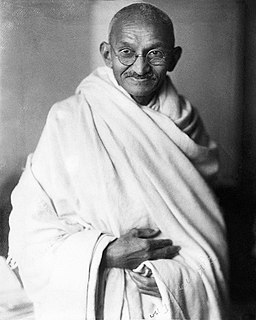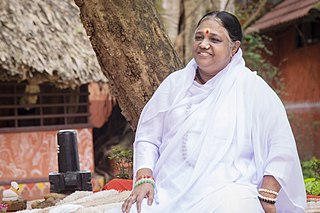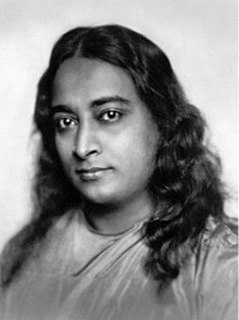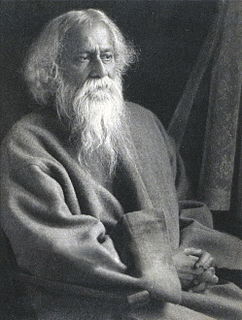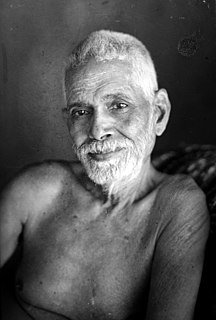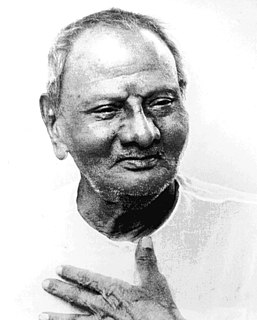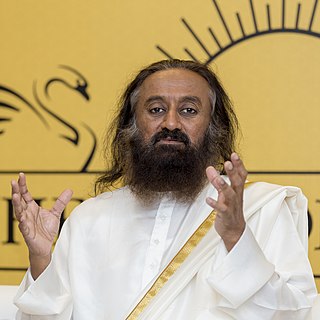A Quote by Sudha Chandran
I began learning how to dance when I was 3 and a half years old.
Related Quotes
I used to feel for years and years and years that I was very remiss not to have written a novel and I would question people who wrote novels and try to find out how they did it and how they had got past page 30. Then, with the approach of old age, I began to just think: “Well, lucky I can do anything at all.
A daughter of a King of Ireland, heard A voice singing on a May Eve like this, And followed half awake and half asleep, Until she came into the Land of Faery, Where nobody gets old and godly and grave, Where nobody gets old and crafty and wise, Where nobody gets old and bitter of tongue. And she is still there, busied with a dance Deep in the dewy shadow of a wood, Or where stars walk upon a mountain-top.
To be lovingly present through the primal, naked pain that marks aspects of birth, and to be lovingly present through the difficult, heart-wrenching ending that marks aspects of death is to learn about life and love. Fear may be strong but love is stronger. Learning how to love includes learning how to make room for and transform fear. Learning how to live involves learning how to die. Love alone is the most potent power illuminating the breath's journey in between these thresholds. Love is the key. Love is the dance.
